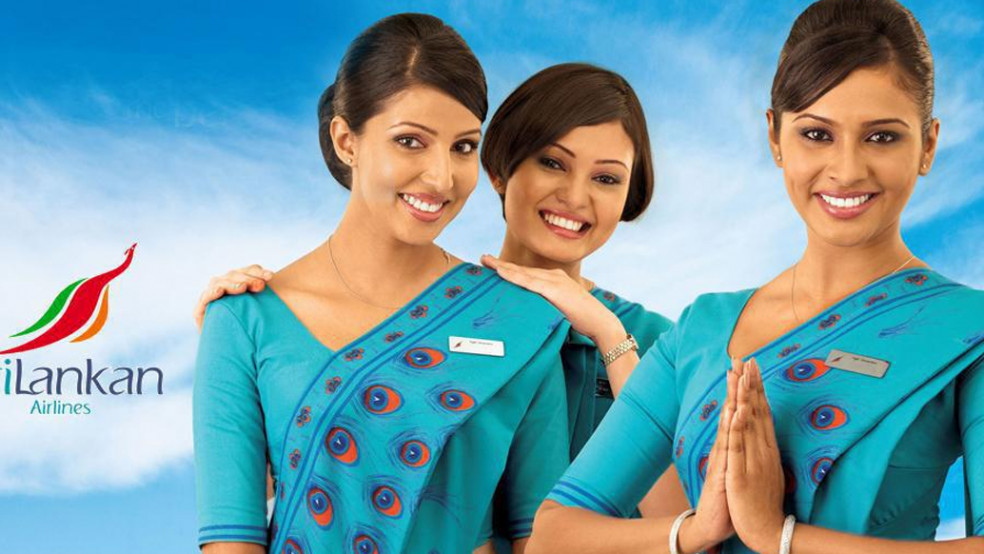SriLankan Airlines’ Expansion Plans Amid Financial Struggles: A Double-Edged Sword?
SriLankan Airlines is set to double its fleet to 50 aircraft within five years as part of Sri Lanka’s broader strategy to achieve USD 10 billion in annual tourism revenue by the end of the decade. However, this expansion plan comes at a time when the national carrier remains a significant financial burden on taxpayers, raising concerns about its sustainability.

Fleet Expansion & Tourism Targets
Before the Covid-19 pandemic, SriLankan Airlines operated a fleet of 27 aircraft. Currently, that number stands at 22. According to CEO Richard Nuttall, the airline plans to boost its capacity by 25-30% by the end of 2025, adding three wide-bodied aircraft through wet leases.
The government, which abandoned earlier plans to privatize the debt-ridden airline, has instead introduced a five-year corporate plan aimed at reviving SriLankan Airlines. This move aligns with efforts to strengthen Sri Lanka’s tourism sector, where the national carrier plays a key role in attracting international visitors. By December 2024, SriLankan Airlines was the primary airline for seven of the top ten inbound tourist markets.
Financial Challenges & Government Support
Despite its expansion strategy, SriLankan Airlines continues to struggle financially. In the first quarter of the 2024/2025 financial year, the airline reported a 12.7% YoY revenue decline to Rs. 63.8 billion. While it managed to post a pre-tax profit of Rs. 0.6 billion, this figure was a drastic drop from the Rs. 8 billion recorded in the same period the previous year. Net losses stood at Rs. 12.9 billion in Q1 2025, compared to a net profit of Rs. 25.8 billion in Q1 2024.
The Sri Lankan Treasury continues to inject equity and provide loan guarantees to keep the airline operational, a move that has sparked debate over the long-term viability of state-owned enterprises.

Future Prospects & Challenges
While the recent surge in tourist arrivals offers hope, SriLankan Airlines must navigate several challenges:
Sustainability of Expansion – The airline’s ability to fund new aircraft acquisitions without increasing its debt burden.
Operational Efficiency – Enhancing cost management and service quality to remain competitive.
Policy Consistency – CEO Richard Nuttall emphasized the need for Sri Lanka to maintain consistent tourism policies to maximize the airline’s contribution to the economy.
With expansion plans in motion and financial pressures mounting, SriLankan Airlines finds itself in a paradox—pushing for growth while relying on state support to stay afloat. The success of its revival strategy will depend on balancing these opposing forces effectively.







